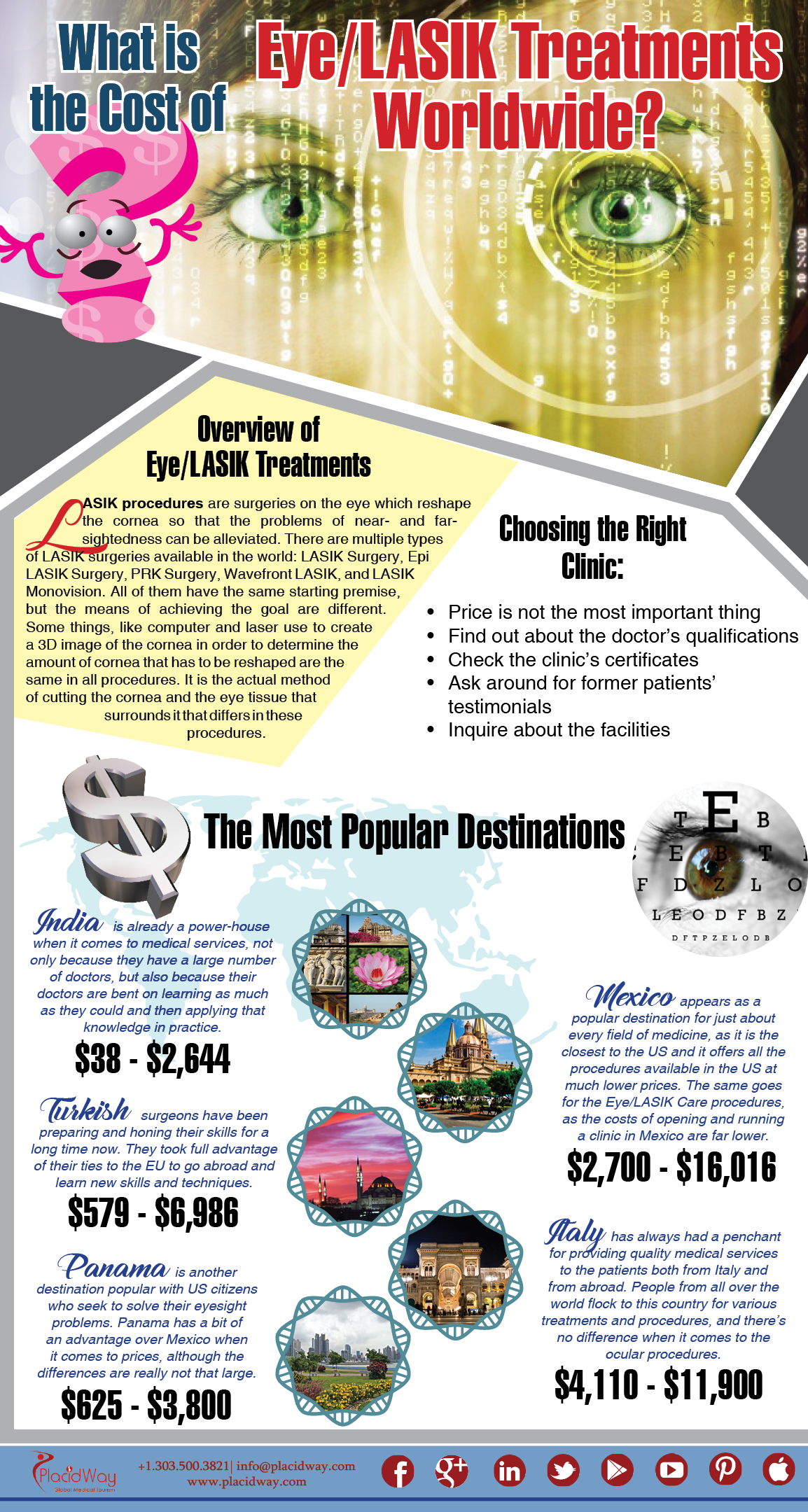This Post Goes Over The LASIK Alternatives For Thin Corneas

Content by-Lausten Cash
There are many individuals who have been told they can not receive LASIK eye surgical treatment due to poor corneal density. Luckily, there are various other refractive surgical procedure options for them to consider.
These brand-new therapy options are more efficient than LASIK at dealing with specific kinds of vision troubles as well as reducing the requirement for glasses or contacts. They're also much more cost effective than LASIK!
1. PRK
LASIK is a preferred laser vision adjustment surgical treatment, yet not everybody is an optimal prospect for it. This is especially true for those with thin corneas or those who join energetic sports or operate in high-risk jobs that put them at a greater threat of injury to their eyes.
Thankfully, there are various other lasik options that work as well as safe for patients that don't get approved for LASIK. Among these is PRK (photorefractive keratectomy).
Like LASIK, this treatment intends to permanently fix your refractive error. It additionally allows you to minimize or eliminate the demand for glasses as well as get in touches with.
2. ASA
If you're thinking about LASIK but have completely dry eyes or slim corneas, ASA (Advanced Surface area Ablation) might be the right choice for you. Read More At this website reshapes the external layer of your cornea, permitting your surgeon to utilize an excimer laser to correct your eye's refractive mistake.
ASA is an advanced variation of PRK, or photorefractive keratectomy, which was the precursor to LASIK as well as was first accepted by the FDA in 1995. Throughout this treatment, your epithelium is separated, moistened with a watered down alcohol solution, as well as folded back, prior to the excimer laser reshapes the cornea.
ASA has less risks than LASIK or PRK, and it generally takes a shorter recuperation duration. Nonetheless, there are some side effects that ASA patients might experience, including post-operative pain as well as pain, undercorrection or overcorrection, and also night vision disruptions.
3. Refractive lens exchange
For people that are badly nearsighted or farsighted as well as can not undergo laser vision modification treatments like LASIK or PRK, refractive lens exchange is a terrific option. This treatment is done by changing your natural lens with a special intraocular lens (IOL) that remedies your refractive error as well as removes the need for glasses or calls.
If you deal with presbyopia, an age-related eye problem that causes you to have trouble seeing at close distances, Refractive lens exchange is the best alternative offered to you. This is due to the fact that LASIK can not properly fix this eye problem as it services the cornea.
For many people, the aging process creates the lenses in their eyes to shed adaptability and end up being much less adaptable. https://postheaven.net/arden99cruz/lasik-surgery-can-fix-astigmatism-by-improving-the-cornea causes troubles focusing on up close items such as analysis and also dialing phones.
4. Monovision
Monovision is a technique of vision improvement that makes use of a contact lens to remedy for both far and wide ranges. It is most commonly used to deal with presbyopia, which is an usual eye problem that takes place as people age.
It can additionally be an alternative to LASIK in some clients. With monovision, one eye is corrected for distance vision as well as the various other is fixed for close-up vision (near vision).
Many people who utilize monovision call lenses do not need checking out glasses or bifocals. However, this is not constantly the case.
In a handful of cases, it can be required to use glasses when collaborating with fine information or focusing on close-up things.
Surgical options for monovision consist of laser surgical procedure and also intraocular lens insertion. In the short-term, monovision may be attempted with call lenses to establish if it is appropriate for a patient.

